

Articles
How To Store Fry Bread
Modified: January 7, 2024
Learn the best methods for storing fry bread in this informative article. Find out how to keep it fresh and delicious for longer.
(Many of the links in this article redirect to a specific reviewed product. Your purchase of these products through affiliate links helps to generate commission for Storables.com, at no extra cost. Learn more)
Introduction
Fry bread is a delicious and versatile dish that is a staple in many Native American and Southwestern cuisines. Its crispy yet fluffy texture makes it perfect for a variety of dishes and can be enjoyed with both sweet and savory toppings. Whether you have made a large batch of fry bread or want to preserve leftovers for future use, knowing how to store fry bread properly is essential to maintain its freshness and flavor.
In this article, we will guide you through the process of storing fry bread successfully. We will cover everything from the preparation before storing the bread to choosing the right storage container and different methods of storing, including storing at room temperature, refrigerating, and freezing. We will also provide you with tips and tricks for long-term storage. So, let’s dive in and learn how to store fry bread to ensure it stays delicious for as long as possible.
Key Takeaways:
- Properly storing fry bread is crucial to maintain its freshness and flavor. Whether at room temperature, in the refrigerator, or freezer, following the right methods and preparation steps ensures delicious fry bread for future enjoyment.
- By dividing, wrapping, and labeling fry bread before storing, you can enjoy this versatile dish whenever you want. Thaw and reheat properly for optimal taste and texture, and follow tips for long-term storage success.
Read more: How To Store Rice For Fried Rice
Understanding Fry Bread
Fry bread holds a significant cultural and historical importance in Native American and Southwestern cuisines. It originated in the mid-19th century when indigenous tribes were forced to rely on government-issued rations, which often included flour, sugar, and lard. In an effort to make the most of these limited ingredients, fry bread was born.
Traditional fry bread is made by combining flour, baking powder, salt, and water to create a soft dough. The dough is then shaped into a round flat disc and deep-fried until it becomes golden brown and puffy. The result is a mouthwatering crispy exterior with a light and fluffy center.
Fry bread is incredibly versatile and can be enjoyed in various ways. It can be topped with savory ingredients like ground beef, beans, lettuce, tomatoes, cheese, and sour cream to create a delicious Navajo taco. It can also be drizzled with honey or sprinkled with powdered sugar to create a sweet treat. Some people even enjoy it on its own as a snack.
Due to its popularity and versatility, you may find yourself making a large batch of fry bread at once or having leftovers after a meal. To ensure that your fry bread stays fresh and tasty, proper storage techniques are necessary.
Next, we will discuss the necessary preparations before storing fry bread to maximize its shelf life and maintain its quality.
Preparation before Storing Fry Bread
Before you store fry bread, there are a few important steps you should take to ensure its longevity and quality. Here are some preparation tips to keep in mind:
- Cool the Fry Bread: Allow the fry bread to cool completely before storing. Placing hot fry bread in a container can create condensation, which can lead to sogginess and mold growth. Letting it cool also helps retain its crispness.
- Divide into Portions: If you have a large batch of fry bread, consider dividing it into smaller portions. This makes it easier to store and thaw only what you need without having to thaw the entire batch.
- Remove Toppings: If your fry bread is topped with ingredients like meat, beans, or cheese, remove these toppings before storing. Toppings can spoil quickly and affect the texture and flavor of the fry bread.
- Wrap or Package Properly: For short-term storage at room temperature or in the refrigerator, wrap individual pieces of fry bread in plastic wrap or place them in airtight containers. If freezing, use freezer-safe bags or containers to prevent freezer burn.
- Date and Label: To keep track of the freshness of your fry bread, be sure to label the storage containers with the date of preparation. This will help you know how long it has been stored and when it should be consumed.
By following these preparation steps, you are setting yourself up for successful fry bread storage. Now, let’s move on to explore the different methods of storing fry bread based on your specific needs and preferences.
Storing Fry Bread: The Basics
When it comes to storing fry bread, there are three main options to choose from: storing at room temperature, refrigerating, or freezing. The method you choose depends on how quickly you plan to consume the bread and the desired shelf life.
Storing at Room Temperature: If you anticipate consuming the fry bread within a day or two, storing it at room temperature is a viable option. Ensure that the fry bread is completely cooled before storing. Wrap each piece individually in plastic wrap or place them in an airtight container to maintain freshness. Keep the container in a cool, dry, and dark place away from direct sunlight and heat sources.
Refrigerating Fry Bread: If you want to extend the shelf life of your fry bread for up to a week, refrigeration is a good choice. Again, make sure the fry bread is completely cooled before placing it in a tightly sealed container. Refrigerate at a temperature below 40°F (4°C) to prevent the growth of bacteria and maintain its texture. Note that refrigerated fry bread may lose some of its crispness but can still be refreshing when reheated.
Freezing Fry Bread: Freezing fry bread is the best option if you want to store it for an extended period, up to three months. As with the previous methods, ensure the fry bread is cooled completely. Wrap each piece tightly in plastic wrap and place them in a freezer-safe bag or airtight container. To prevent freezer burn, remove as much air as possible from the packaging. It is recommended to separate each piece with parchment paper to prevent them from sticking together.
Now that you know the basics of storing fry bread, next, we will delve into more specific details on choosing the right container for optimal storage.
Choosing the Right Container
Choosing the right container is crucial for storing fry bread effectively. The container you use should protect the bread from moisture, air, and temperature fluctuations to maintain its freshness and prevent it from becoming stale or soggy. Here are some container options to consider:
- Airtight Plastic Containers: Airtight plastic containers are an excellent option for storing fry bread at room temperature or in the refrigerator. Look for containers that have a tight seal to prevent air from entering and moisture from escaping. Make sure the container is large enough to accommodate the size of your fry bread pieces without overcrowding.
- Plastic Freezer Bags: For freezing fry bread, plastic freezer bags are a convenient and space-saving option. Press out as much air as possible from the bag before sealing it to prevent freezer burn. Consider using freezer bags specifically designed for long-term storage to provide an extra layer of protection against moisture and air.
- Aluminum Foil: If you don’t have airtight containers or plastic bags, wrapping fry bread tightly in aluminum foil works as a short-term storage option. The foil helps protect the bread from contamination and moisture, keeping it fresher for longer.
- Paper Bags: While not as airtight as plastic containers or bags, paper bags can be used for short-term storage at room temperature. Ensure the fry bread is completely cooled before placing it in the bag and fold the top to close it. Keep in mind that paper bags are not ideal for freezing or long-term storage.
Remember to choose the container based on your storage needs and the method you plan to use. Regardless of the chosen container, always label it with the date to keep track of the freshness of the fry bread.
Now that you have the proper container, let’s explore how to store fry bread at different temperatures: at room temperature, in the refrigerator, and in the freezer.
Read more: How To Store Fried Fish
Storing Fry Bread at Room Temperature
Storing fry bread at room temperature is a common method when you plan to consume it within a day or two. Here are the steps to follow for storing fry bread at room temperature:
- Ensure the fry bread is completely cooled before storing. Placing hot or warm fry bread in a container can create condensation and make it soggy.
- Individually wrap each piece of fry bread in plastic wrap or place them in an airtight container. This will help retain its freshness and protect it from contaminants.
- Choose a cool, dry, and dark place to store the fry bread. Avoid direct sunlight and areas with high humidity, as they can affect the texture and quality of the bread.
- Place the wrapped or containerized fry bread in the designated storage area. Make sure to keep it away from strong odors, as fry bread can easily absorb smells from other food items.
- Regularly check the fry bread for signs of spoilage, such as mold growth or a stale smell. If any pieces show signs of spoilage, discard them immediately to prevent contamination.
- Consume the fry bread within a day or two for the best taste and texture. As time passes, the fry bread may lose some of its crispness, but it can still be enjoyed when heated or toasted.
By following these steps, you can enjoy freshly stored fry bread at room temperature. However, if you anticipate keeping the fry bread for longer or want to extend its shelf life, refrigeration or freezing might be better options.
Next, we will discuss the process of refrigerating fry bread and the best practices to maintain its quality.
Store fry bread in an airtight container or resealable plastic bag at room temperature. It can also be frozen for longer storage. Reheat in the oven or toaster oven to maintain its crispiness.
Refrigerating Fry Bread
If you want to extend the shelf life of fry bread beyond a day or two, refrigeration is a suitable option. Here is how to properly refrigerate fry bread:
- Allow the fry bread to cool completely before refrigerating. Placing warm fry bread in the refrigerator can lead to condensation and make it soggy.
- Wrap each piece of fry bread individually in plastic wrap or place them in an airtight container. This helps to retain its moisture and prevent it from drying out.
- Choose a section in the refrigerator that maintains a temperature below 40°F (4°C). This temperature range discourages bacterial growth and helps to preserve the quality of the fry bread.
- Place the wrapped or containerized fry bread on a shelf or in a designated storage area in the refrigerator. Make sure it is not overcrowded to allow proper air circulation.
- Regularly check the fry bread for any signs of spoilage, such as mold growth, off smells, or changes in texture. If any pieces show signs of spoilage, discard them immediately to prevent cross-contamination.
- Consume the refrigerated fry bread within a week for the best taste and texture. Keep in mind that refrigerated fry bread may lose some of its crispiness but can still be enjoyable when reheated.
It’s important to note that refrigeration can cause some changes in the texture of fry bread, making it less crispy. To restore some of the crispiness, you can quickly warm the refrigerated fry bread in an oven or toaster oven before serving.
Now that you know how to properly refrigerate fry bread, let’s explore another option for longer-term storage: freezing.
Freezing Fry Bread
Freezing is the best option for long-term storage of fry bread, allowing you to enjoy it for up to three months. Here are the steps to follow when freezing your fry bread:
- Ensure the fry bread is completely cooled before freezing. Placing warm or hot fry bread in the freezer can lead to the formation of ice crystals and affect its texture.
- Individually wrap each piece of fry bread tightly in plastic wrap. Alternatively, you can place the pieces in freezer-safe bags or airtight containers. The goal is to prevent any air or moisture from reaching the fry bread.
- Label the packages with the date of freezing to keep track of their freshness.
- For added protection against freezer burn, place the wrapped fry bread in a larger freezer-safe bag or airtight container. Squeeze out as much air as possible before sealing it.
- Choose a section in your freezer where the temperature remains constant, ideally below 0°F (-18°C). Avoid placing the fry bread near the door, where temperature fluctuations may occur when the freezer is opened frequently.
- When you’re ready to thaw and use the fry bread, remove the desired number of pieces from the freezer. Thaw them in the refrigerator overnight or at room temperature until fully thawed.
- Once thawed, you can enjoy the fry bread as is or warm it up in the oven or toaster oven to restore some of its crispiness before serving.
It’s important to note that after freezing and thawing, the texture of fry bread may not be as crispy as when it was freshly made. However, it will still be delicious and enjoyable.
By following these freezing guidelines, you can have fry bread readily available whenever you have a craving, even if it’s been months since you made it.
Next, we will discuss the process of thawing and reheating your frozen fry bread.
Thawing and Reheating Fry Bread
When it’s time to enjoy your frozen fry bread, it’s important to thaw it properly to preserve its texture and flavor. Here is how to thaw and reheat your frozen fry bread:
- Thawing in the Refrigerator: The best and safest method to thaw fry bread is to transfer it from the freezer to the refrigerator. Place the wrapped or packaged fry bread in the refrigerator and allow it to thaw slowly overnight or for several hours. Thawing in the refrigerator helps maintain the bread’s texture without compromising its quality.
- Thawing at Room Temperature: If you’re short on time, you can thaw fry bread at room temperature. Remove the wrapped fry bread from the freezer and place it on a plate or countertop. Let it sit at room temperature for a few hours until fully thawed. However, keep in mind that this method may result in slightly softer fry bread compared to thawing in the refrigerator.
- Reheating: Once the fry bread is fully thawed, it’s time to reheat it. Preheat your oven to around 350°F (175°C). Place the thawed fry bread on a baking sheet and warm it in the oven for about 5-7 minutes until it is heated through. If you prefer a crispier texture, you can toast it in a toaster oven for a couple of minutes. Avoid overheating, as it can lead to dryness or burn the bread.
After reheating, your fry bread will be ready to be enjoyed once again. You can top it with your favorite ingredients for a delicious meal or savor it plain.
Now that you know how to properly thaw and reheat your frozen fry bread, let’s move on to some tips and tricks for long-term storage.
Read more: How To Store Fried Food
Tips and Tricks for Long-Term Storage
To ensure the longevity of your stored fry bread and maintain its quality, here are some tips and tricks for long-term storage:
- Wrap Tightly: When preparing fry bread for storage, make sure to wrap each piece tightly in plastic wrap or use airtight containers. This prevents air and moisture from reaching the bread, which can lead to staleness or sogginess.
- Remove Excess Air: When using plastic bags for freezing, remove as much air as possible before sealing them. Excess air can contribute to freezer burn and can affect the texture and taste of the fry bread.
- Use Freezer-Safe Containers: When freezing fry bread, opt for containers that are specifically designed for freezing. These containers provide better insulation and protection against freezer burn.
- Keep in Smaller Portions: If you plan to freeze a large batch of fry bread, consider dividing it into smaller portions before storage. This way, you can thaw only what you need at a time without having to thaw the entire batch.
- Label and Date: Labeling and dating the storage containers is essential for keeping track of the freshness of the fry bread. This helps you know when it was stored and allows you to prioritize consumption based on freshness.
- Proper Freezer Maintenance: Maintain your freezer at the recommended temperature and ensure regular defrosting to prevent frost buildup. This helps maintain a consistent temperature and quality of the frozen fry bread.
- Repackage If Needed: If you notice any signs of freezer burn or staleness during long-term storage, it may be necessary to repackage the fry bread to prevent further deterioration. Remove any affected pieces, wrap them tightly in fresh plastic wrap, and place them back in the freezer.
- Reheat for Optimal Enjoyment: While thawed fry bread can be enjoyed as is, reheating it in the oven or toaster oven restores some of its crispness. This step can elevate the eating experience, especially if you prefer a crunchier texture.
- Regularly Check for Spoilage: Whether storing fry bread at room temperature, in the refrigerator, or freezer, periodically check for signs of spoilage. Mold, off smells, or changes in texture are indicators that the bread should be discarded to avoid consuming spoiled food.
By following these tips and tricks, you can ensure that your stored fry bread remains fresh, flavorful, and of high quality over an extended period.
Now that you have all the knowledge to store fry bread successfully, let’s wrap up this article.
Conclusion
Storing fry bread properly is essential to maintain its freshness, texture, and flavor. Whether you have made a large batch or want to preserve leftovers, following the right storage techniques will ensure that your fry bread stays delicious for an extended period.
In this article, we covered the process of storing fry bread at room temperature, refrigerating, and freezing. We discussed the importance of preparing fry bread before storage, choosing the right containers, and the best practices to follow for each method. We also provided tips and tricks for long-term storage to help you make the most out of your fry bread.
Remember to cool the fry bread completely and divide it into portions before storing. Remove any toppings and wrap or package the fry bread in plastic wrap or airtight containers. Label and date the containers to keep track of freshness. Choose the appropriate method based on your time frame and desired shelf life.
By storing fry bread at room temperature, refrigerating, or freezing, you can enjoy this delicious and versatile dish whenever you want. Thaw and reheat fry bread properly for the best taste and texture, and regularly check for signs of spoilage.
With the knowledge and tips provided in this article, you can confidently store fry bread and have it on hand for future enjoyment. So go ahead, make a batch of fry bread, and store it using the techniques discussed. You’ll always have a tasty treat ready to savor, whether it’s a Navajo taco, a sweet dessert, or simply as a snack.
Happy storing and enjoy your freshly stored fry bread!
Frequently Asked Questions about How To Store Fry Bread
Was this page helpful?
At Storables.com, we guarantee accurate and reliable information. Our content, validated by Expert Board Contributors, is crafted following stringent Editorial Policies. We're committed to providing you with well-researched, expert-backed insights for all your informational needs.


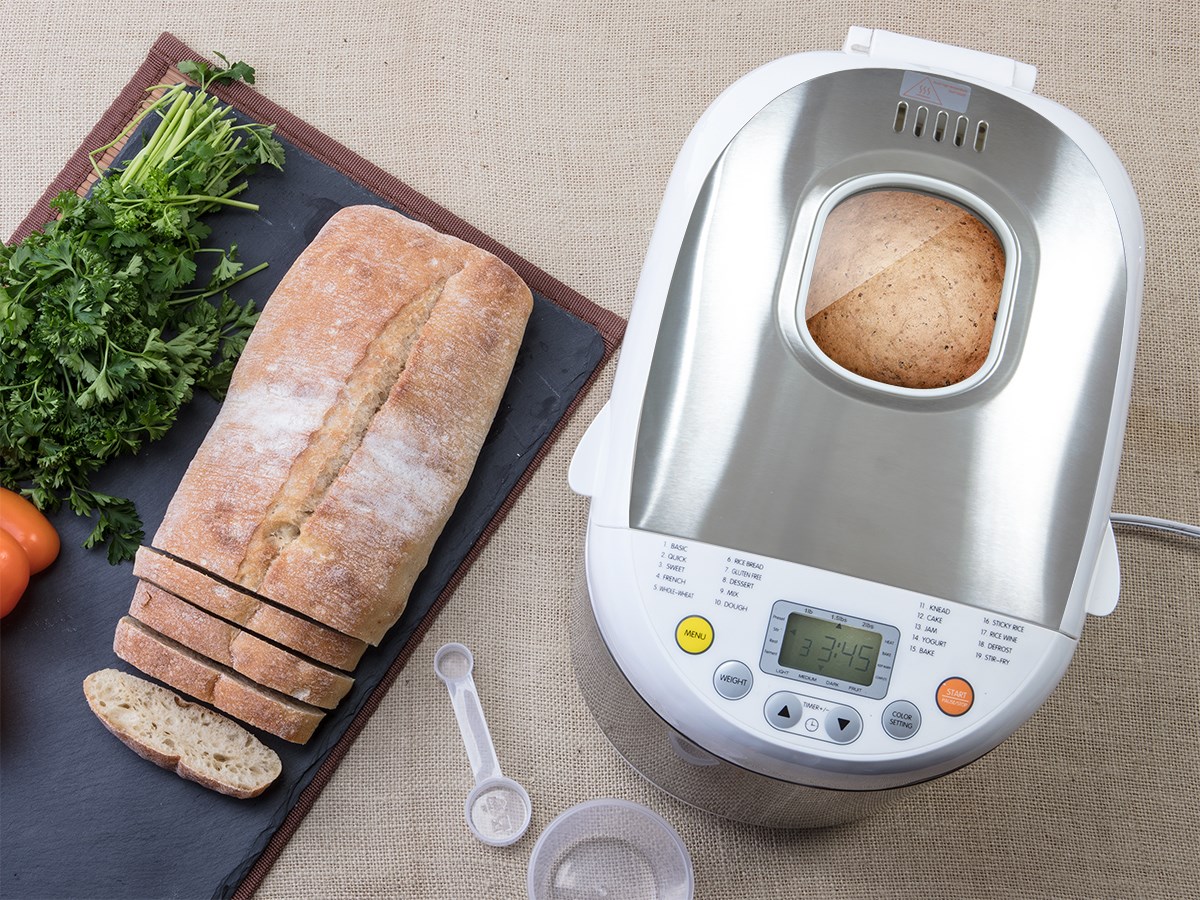

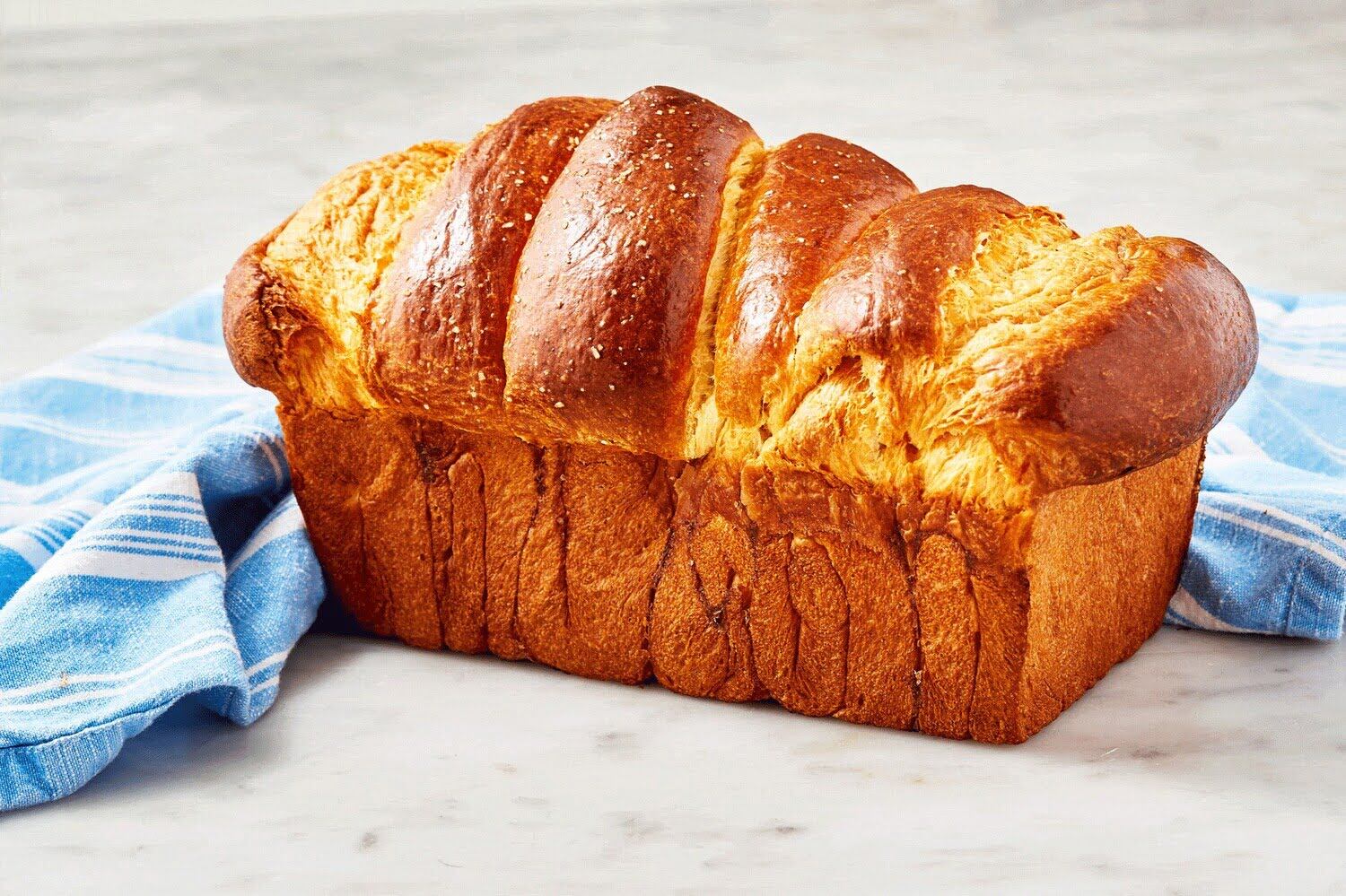
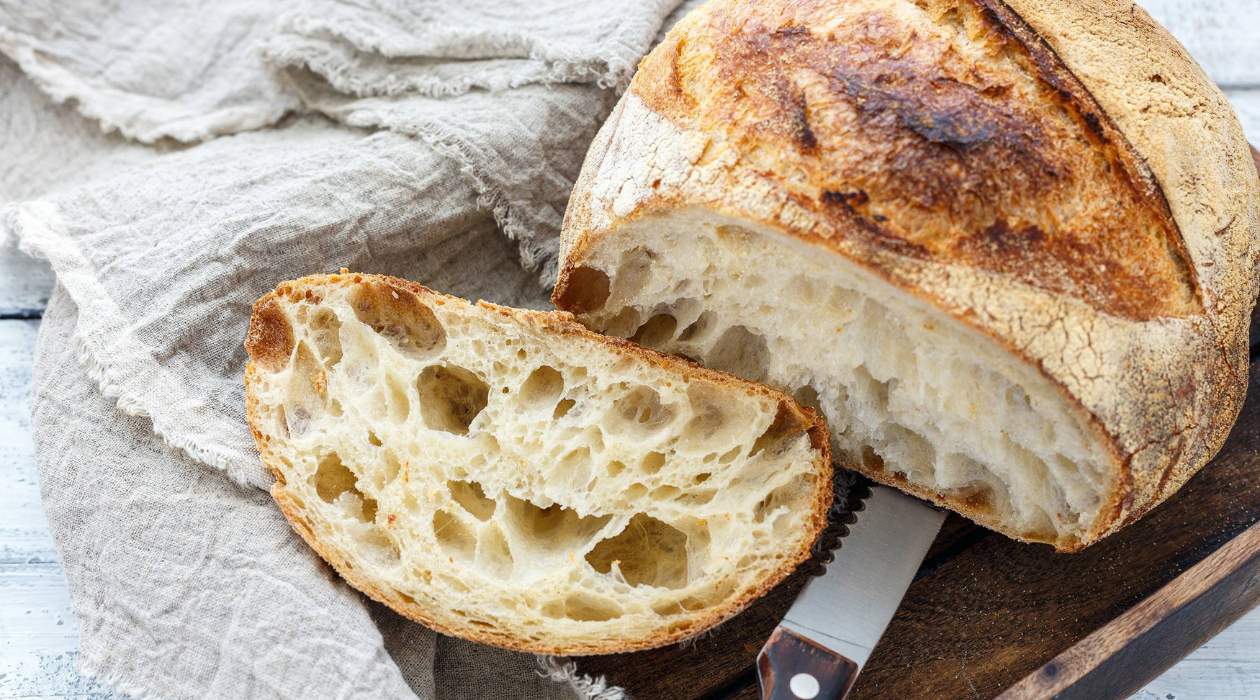

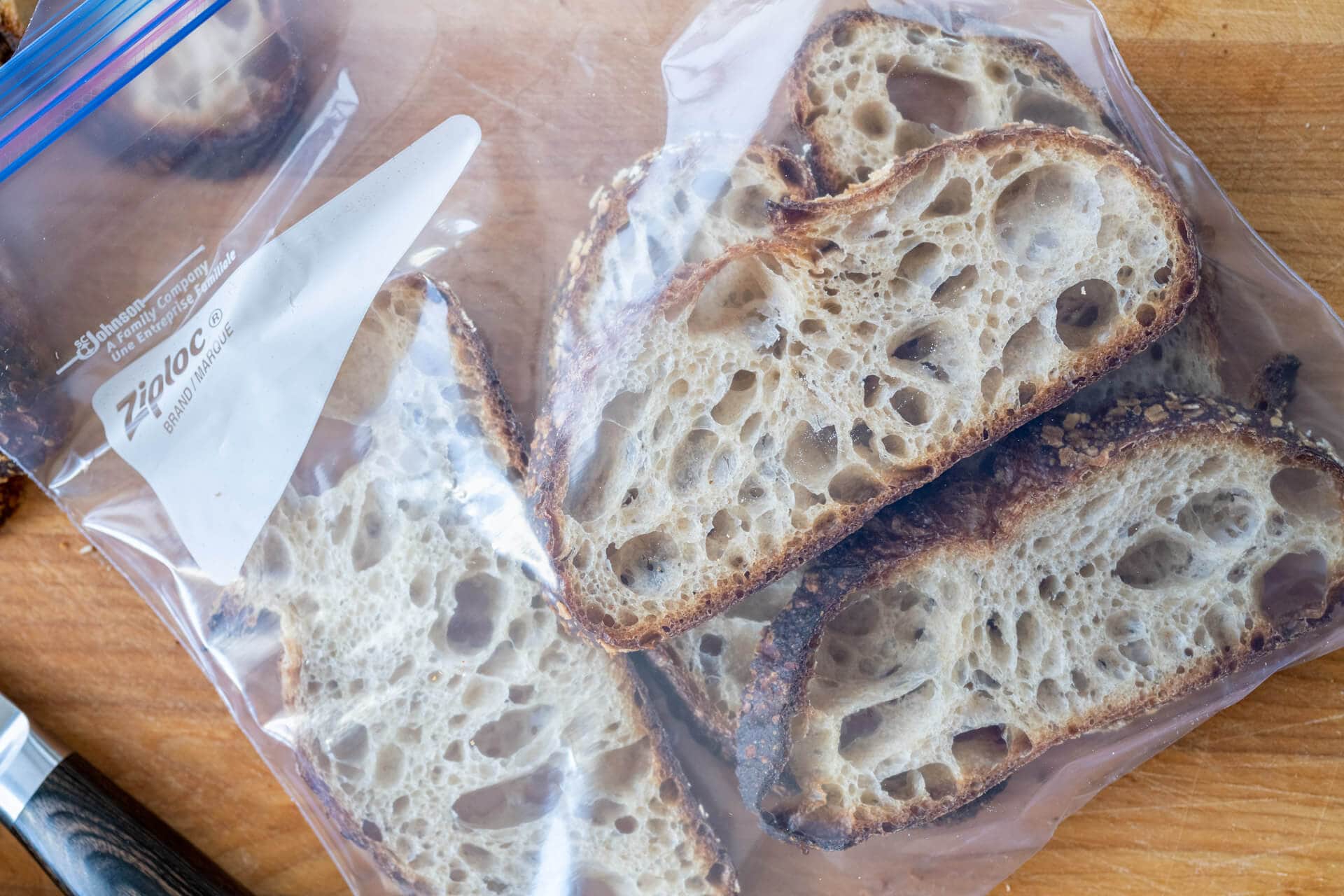


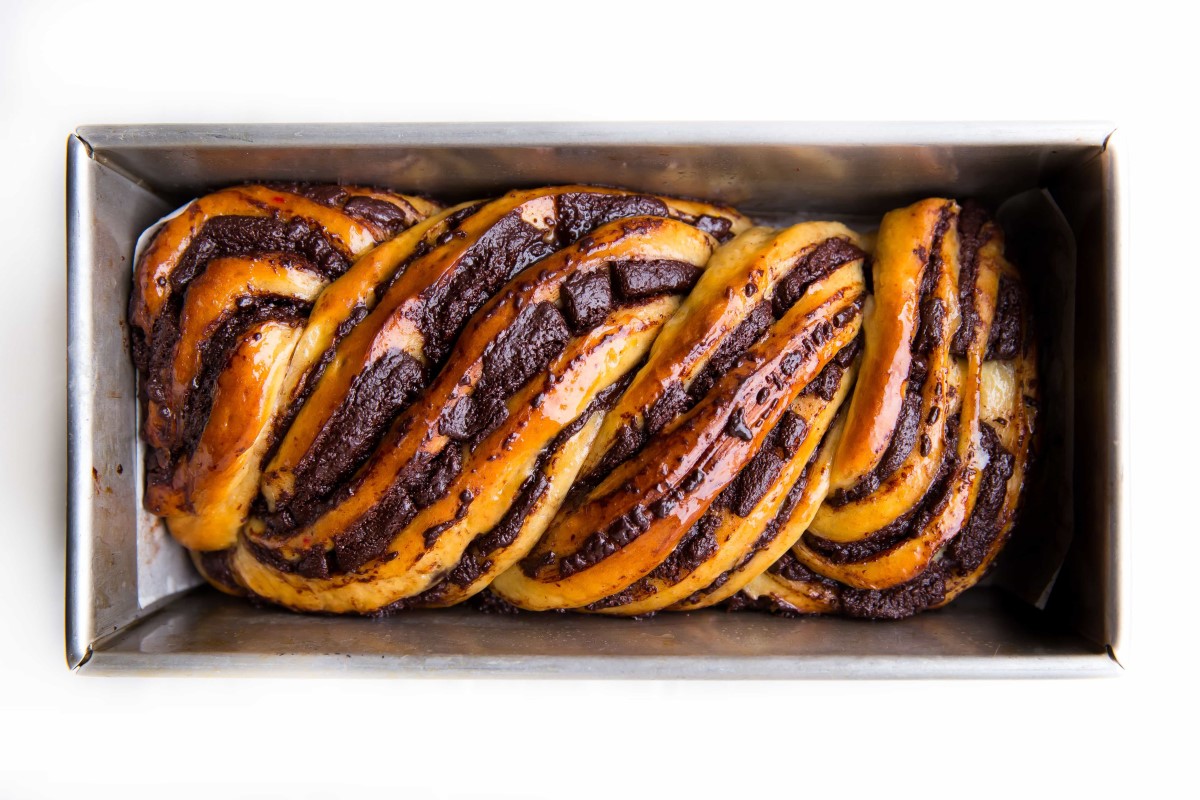
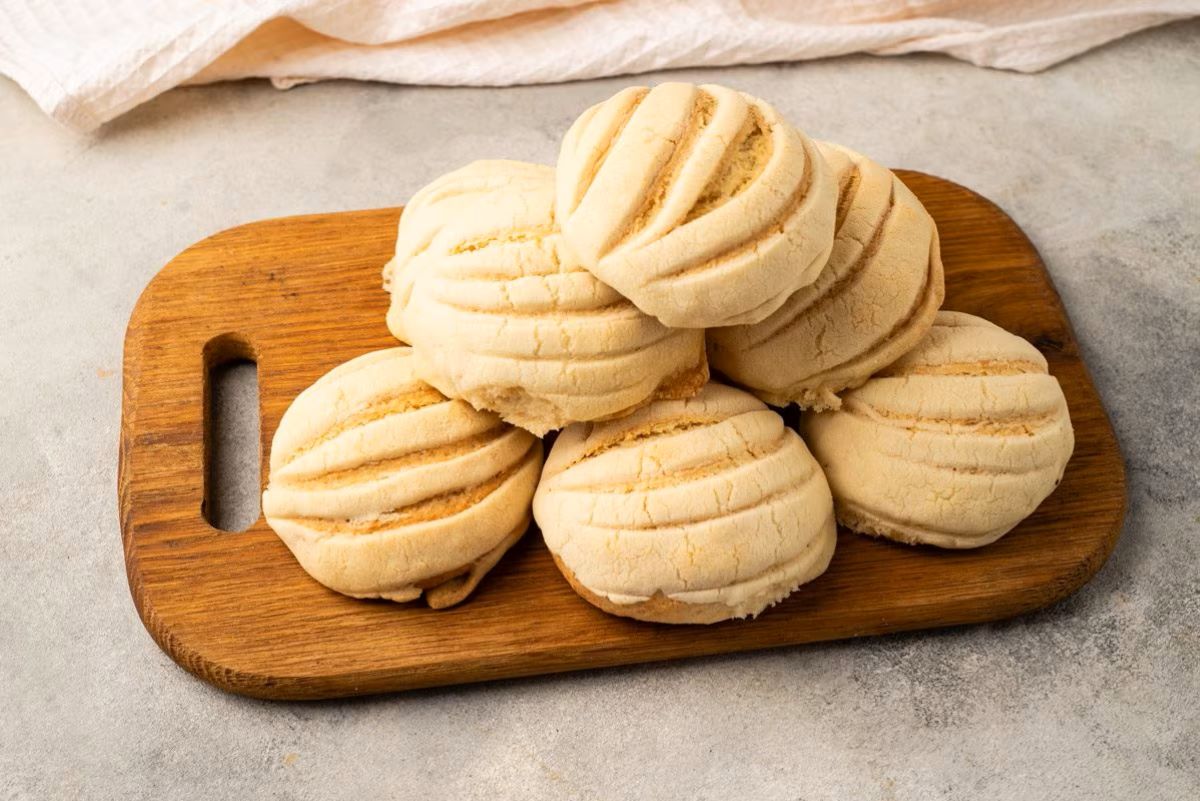
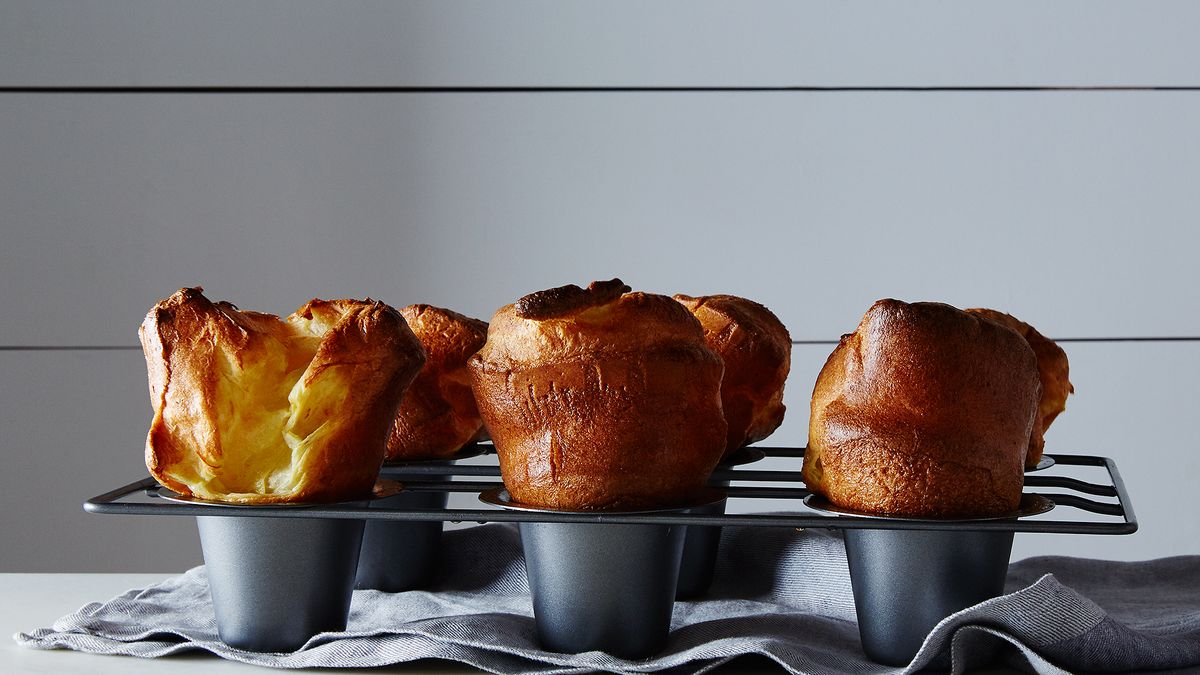

0 thoughts on “How To Store Fry Bread”